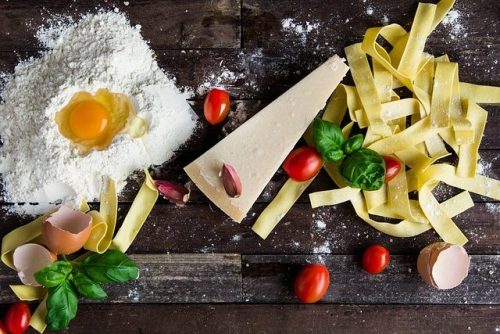How Food Makes Crossing Cultural Boundaries So Much Easier

I never cooked a meal to feed others in all my twenty-five years in India. When I did cook something, it was always a dispassionate attempt at whipping out a snack I could have on the go. It was when I moved to Italy and started missing the warmth of home-cooked meals that cooking became something more than mere subsistence for me.
I have always been one for embracing varied cuisines since they give an insight into the world different people were born into. Switching to pasta for dinner instead of roti as a staple was not going to be a problem. What I didn’t see coming was the mundanity of cooking every day. I had started to grow tired of eating sandwiches for lunch and scooping dollops of store-bought sauce onto my pasta, which, though admittedly better and more authentic than those sold in supermarkets outside of Italy, could not hit the spot once the novelty wore out. But every now and then I would dine out with friends to taste Italian food fashioned out of cooking techniques traditionally Italian and my eyes would light up.
I soon realised that the reason why many people complain about local food when they move abroad has less to do with the cuisine itself and more to do with their own limited exposure to it. The key to thoroughly enjoying your experience in a foreign land from a culinary point of view is eating not just what the locals eat, but how they eat it too. So, I decided to make use of fresh products from a grocer nearby and turn them into meals I knew my Italian friends had grown up eating.
I cut my teeth on ragù, in the style they make in Bologna, a city in northern Italy, known for its medieval towers and porticoes with arched roofs silhouetted against the floor in alternate stripes of light and shadow. The city’s rich heritage extends far beyond its architecture. Bologna is also known for its minced meat sauce, ragù, among others.
I tasted it for the first time in a family restaurant—densely packed bits of juicy meat clung to pasta, leaving a trail of mild tartness from the tomatoes in every mouthful. That was months ago. I have tried to recapture the flavour by cooking it myself since then. Every time I get a thumbs up, I feel encouraged to get better and refine it. My venture into trying out authentic Italian recipes has also led me to convince others with a less-than-ideal experience with what they consider foreign food to give different cuisines a try; I daresay they had as much an awakening as I’d had.
Recently, I learnt to make risotto, a creamy rice dish whose looks betray its taste. With the weather getting colder every day here, it is the perfect dish to warm you up from the inside. When I put a spoonful in my mouth and feel the rice grains melt away, I think of how enriching and beautiful it is to take up food from another culture and make it your own, not by way of cultural appropriation, but integration.

Comments are closed.